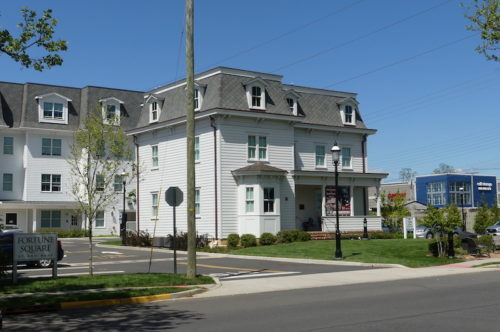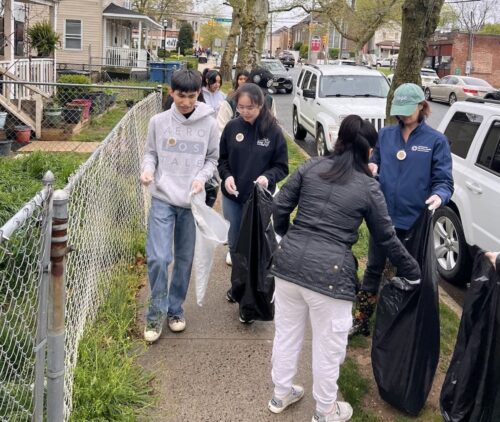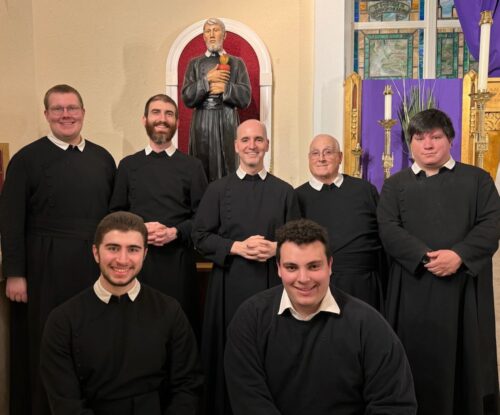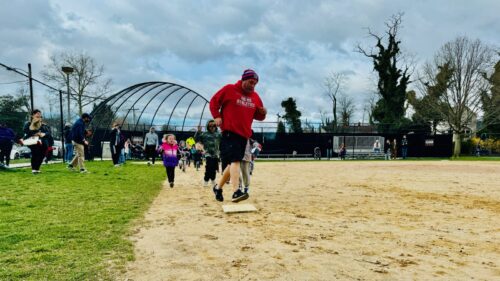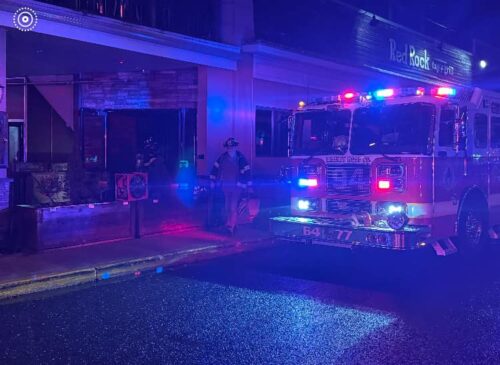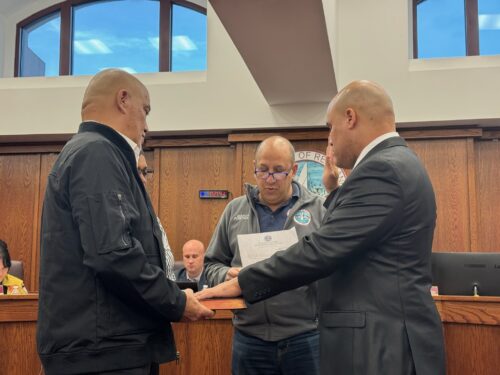By LINDA G. RASTELLI
Being a freshman is hard, says Red Bank Regional ninth-grader Jamar Berry.
Coming from the cozy confines of the Red Bank Charter School, “it took me a long while to adapt,” Berry says. “I’m doing good now, but just getting to classes on time was difficult because the building is so big.”
That sense of challenge, of course, is often not limited to the scale of one’s surroundings. Freshmen can feel lost in a much larger pool of students than they’re used to, and overwhelmed by higher academic expectations and heavier workloads.
“High school students actually make the decision how the rest of their high school career is going to go, according to research, in the ninth grade,” says RBR principal Jim Stefankiewicz, himself finishing out his first year at the school’s helm.
“It’s their first impression of high school. For those who drop out, if they dont physically drop out by the end of ninth grade, they’ve mentally done it.”
That makes freshman year the most important in terms of retention, and it’s the reason that RBR will institute a new “freshman academy” beginning in September, Stefankiewicz says.
Here’s the basic idea: The class of 2011 will be randomly assigned to three “houses” of 90-100 students each. Each house will comprise students from each of the three sending districts Little Silver, Red Bank and Shrewsbury with different abilities, races and ethnicities.
Each group will share the same team of four teachers for its core courses math, science, social studies and English. The teachers will be assigned common planning times, in which they’re expected to collaborate with each other on interdisciplinary projects, and then, “be able to paint a picture of each student they might not ‘see’ otherwise,” the principal explains. Normally, those teachers might not be able to easily talk to one another about the students they have in common, Stefankiewicz says.
Similarly, the students within each house can conveniently communicate about the classes and teachers they have in common.
After studying similar programs in Montclair and Mount Olive, as well as in Maryland, Stefankiewicz determined that RBR’s nearly 1,200 students need all the help they can get in going from a homogenous, small school to a large, diverse high school. That transition adds to the already high stress of entering high school.
With one in four RBR students from minority groups, “they need to learn how to work in a diverse environment,” he says.
The idea of the freshman academy is supported by the “school improvement team,” which includes students as well as faculty, he notes.
“This program makes for a more personalized learning experience for each kid,” says Stefankiewicz, who calls himself a “believer in the value of a small learning community.” By creating smaller entities within the larger school, he believes the students will “do better academically and emotionally, feel less isolated, have fewer disciplinary problems, and better attendance.”
Berry says high school was a “big step” from the charter school, where he finished the eighth grade. When he heard about the freshman academy pilot at school, he said he wished he could have taken part.
“The kids would be much more of a unit [with the same teachers],” he said.
Stefankiewicz says his freshmen aren’t doing any worse than the norm, but this program is a way to be “proactive.” The year after the pilot, Stefankiewicz hopes to separate the freshman class physically as well, perhaps by using the top floor of RBRs building.
“We know that certain populations are not achieving at the levels they should be. Thats not just a Red Bank Regional problem, but a problem across the board,” he says,
The school is, however, particularly under the gun because not all its students are meeting “No Child Left Behind” testing standards. “If youre making your numbers, you may [still] have problems, but for us being a school ‘in need of improvement,’ we have to look at it more closely,” he says.
Meeting the federal mandate, though, isn’t the primary thrust of the change, according to Stefankiewicz.
“We don’t want these kids not to be successful,” he says.




